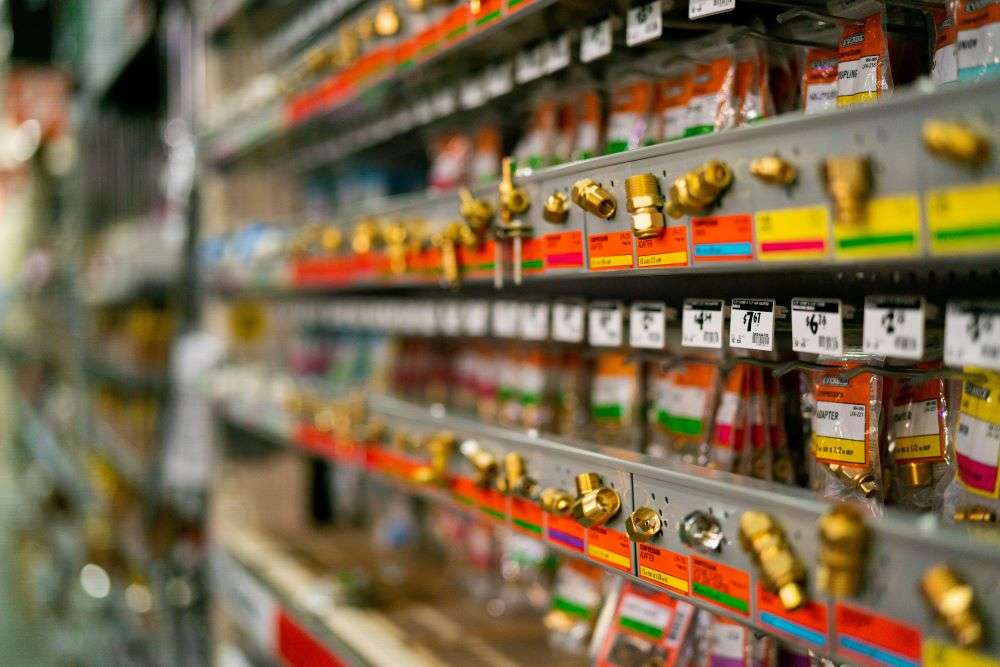Fastenal’s e-business sales surge in Q2, largely propelled by its digital procurement channels, have streamlined the procurement process and driven efficiencies.
Fastenal’s E-Business: A Two-Pronged Approach
Fastenal’s e-business comprises two main components: its online presence and its electronic procurement offerings. The latter digitizes the procurement process, either through direct integration with a customer’s ERP system or by connecting to a procurement software like SAP Ariba that a customer uses, according to Kirk Talmontas, VP of eCommerce at Fastenal.
Direct integration with a customer’s ERP system is achieved via electronic data interchange, which digitizes the traditional procurement process, enhancing efficiencies and accuracy.
Fastenal’s Innovative Inventory Management Solutions
Fastenal’s direct integration allows the company to manage inventory within their customers’ facilities using its FastBin and FastVend technology, thereby reducing costs for its customers. FastBin uses infrared technology to monitor inventory levels for items like fasteners and fittings, collecting data points based on usage for forecasting.
FastVend, on the other hand, employs industrial vending machines that dispense items like safety glasses and batteries. End-users access products using a badge to scan and dispense, with the resulting information collected by Fastenal to help meet customer supply needs.
Fastenal’s CEO, Daniel Florness, emphasized on the Q2 earnings call that their approach not only makes them a great supplier and supply chain partner but also helps customers reduce expenses faster when their business slows down.
Despite the success of its electronic procurement efforts, Fastenal reported a decline in Q2 inventory levels, attributed to a softer marketplace, the reduction of inventory layers built a year ago to manage supply constraints, and modest inventory deflation, according to CFO Holden Lewis.
Fastenal has also been working to expand and diversify its supplier pool to pivot from potential tariff-led disruptions, as mentioned in a Q1 earnings call. This is part of their strategic supply chain efforts to ensure sustainable procurement.







